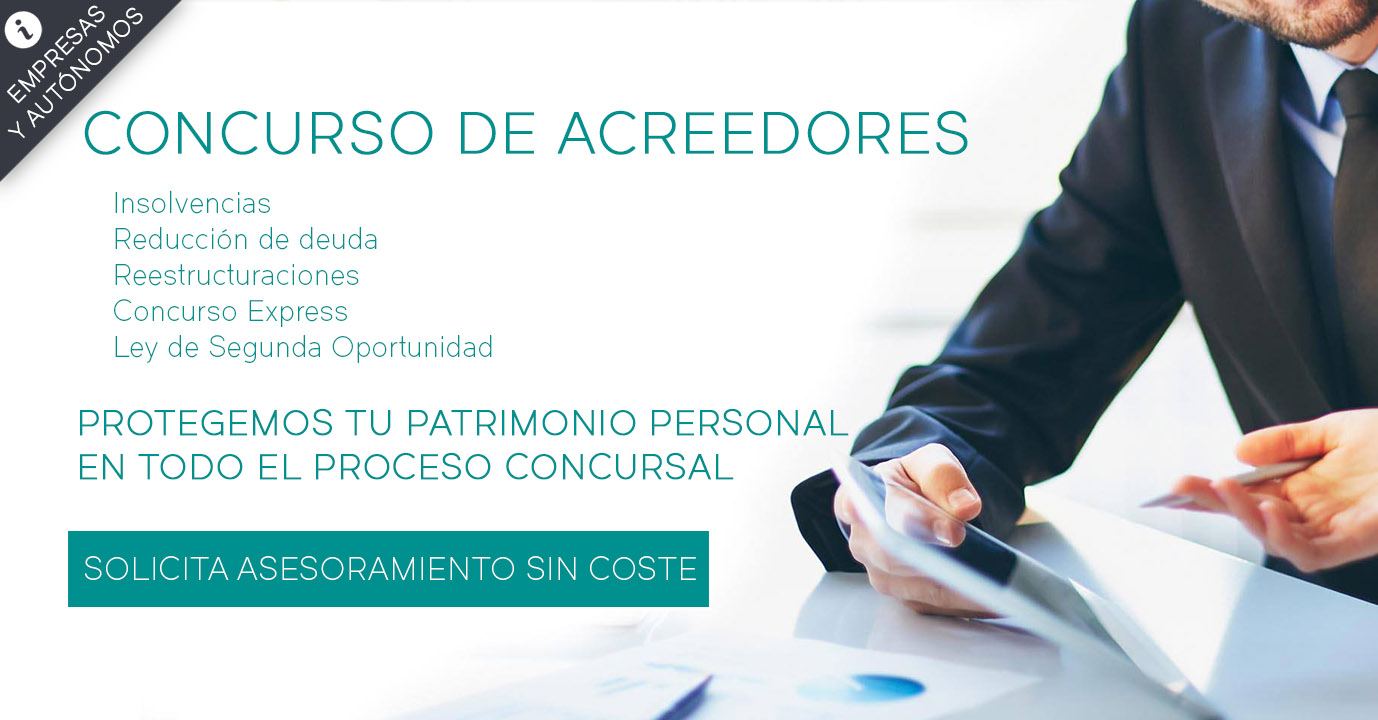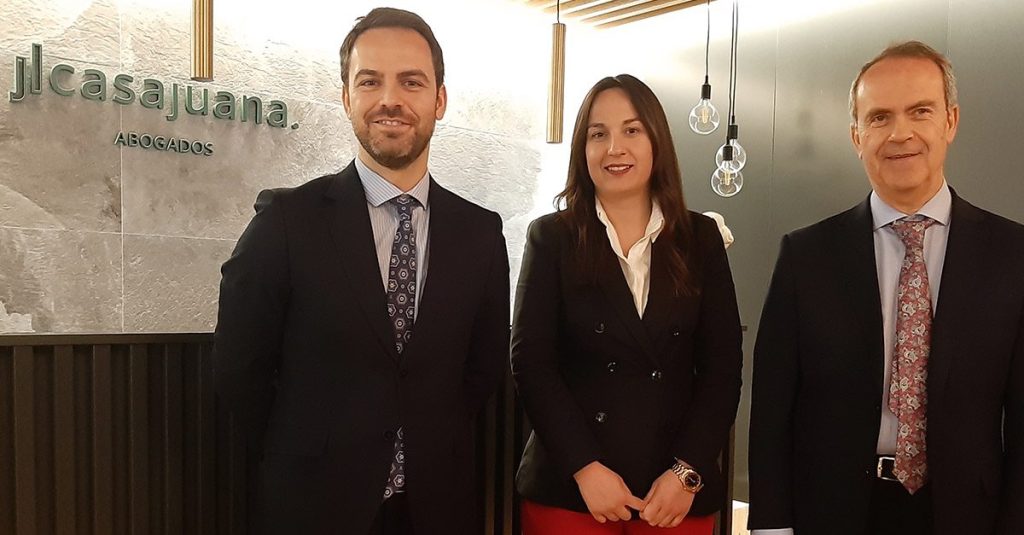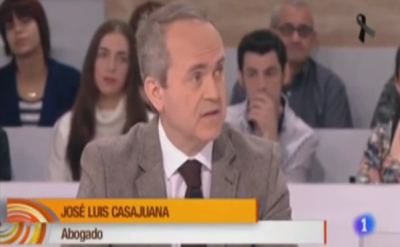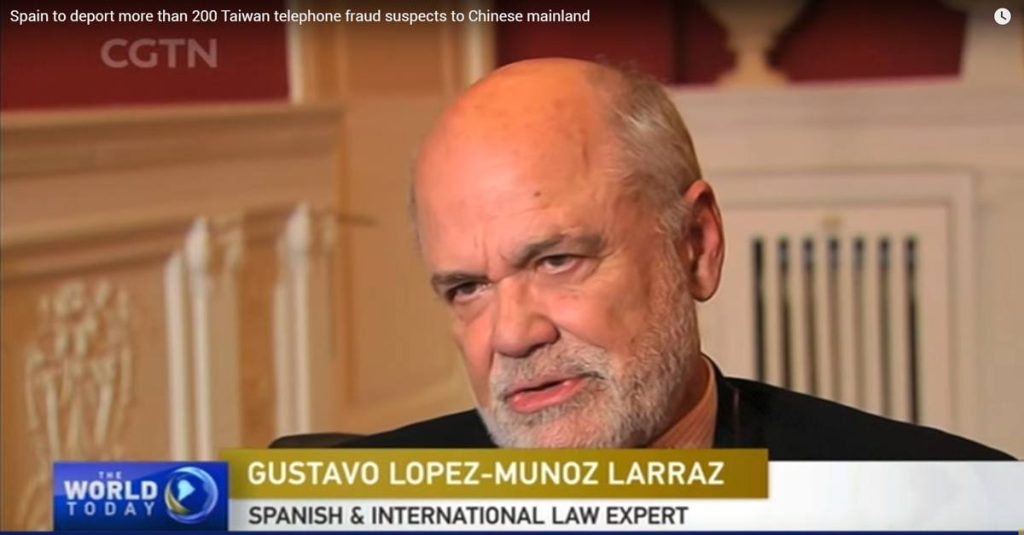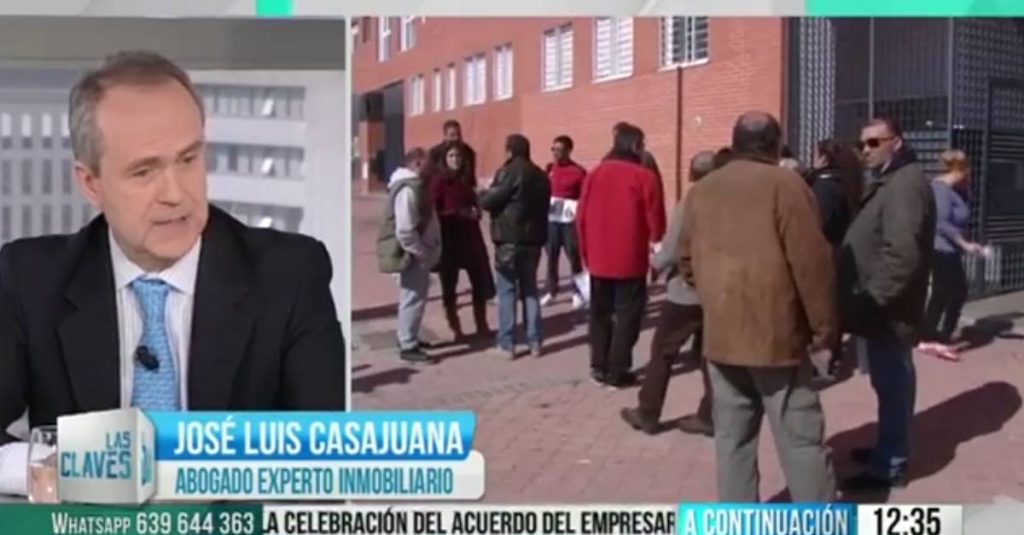Risk of confusion in wine brands

h1 style=”text-align: justify;”>Wine brand conflict. The risk of confusion
The analysis of two brands is not understood, in order to determine a possible conflict between them, without making an assessment of the risk of confusion between them. It is undoubtedly the fundamental concept to take into account when we talk about trademark conflict.
It is settled case law that there will be a risk of confusion when the public may believe that the products or services identified with the conflicting brands come from the same company or, where appropriate, economically linked companies [judgments of the Court of Justice in the Canon case already cited, paragraph 29, of the Lloyd Schuhfabrik case, paragraph 17 and judgments of that Court of First Instance in the Matratzen case, paragraph 34, of 3 July 2003 in the Budmen case T-129/01, section 37 and the Torre Muga case, section 16].
The registration of a wine brand is intended to prevent other competing wineries from using signs that confuse the consumer, giving the wrong image that both brands are the same product or that they belong to the same cooperative or warehouse The assessment of the risk of confusion will determine if the coexistence in the market of the two brands can generate that false belief capable of confusing the consumer. Therefore, preventing two confusing brands of wine from existing in our market aims to protect the owners of the brands, but also the wine consumer.
In addition to the risk of confusion, legal doctrine usually speaks of the risk of association, defined as the possibility that the user associates a brand with a specific business origin. Actually, one is implicit in the other. This is contemplated by both art. 8.1 b) of the Community Trademark Regulation as well as our Trademark Law in its art. 6.1 b).
The comparison of two symbols to assess the likelihood of confusion, under the Trademark Law, can be made between two already registered trademarks or between a registered trademark and other signs devoid of record. When two registered trademarks are confronted and it is determined that there is a risk of confusion between them, our right covers the trademark whose registration had been made previously. In this way, when the courts appreciate the risk of confusion, that mark with subsequent registration will be canceled and its owner will not be able to continue using it.
To ascertain whether or not there is a risk of confusion, an overall analysis must be carried out, considering all the concurrent circumstances [judgments of the Court of Justice in the Sabel case (paragraph 22) ; in the Canon case, (paragraph 16); in the Lloyd Schuhfabrik Meyer case, (paragraph 18) and the Marca Mode case, (paragraph 40)]. And for this, the comparative study can be approached from several aspects:
- Name identity or similarity.
- Identity or graphic similarity.
- Identity or visual similarity.
- Phonetic identity or similarity.
- Identity or conceptual similarity.
- Identity or graphic similarity of the products or services to which the trademark in question is applied.
Anyone who alleges the existence of a risk of confusion in legal proceedings must prove that both signs are confoundable. For this, it is interesting to contribute to the litigation specific examples of mistakes in the market by consumers that show a risk of confusion or association. This can be done, for example, by providing messages from consumers who go to a winery due to confusion with another. This obligation to prove the risk of confusion is what we call the burden of proof.
Practical example of assessing the likelihood of confusion between two brands of wine
At J.L.CASAJUANA we had the opportunity to participate in the legal proceedings followed before the European courts of justice, based in Luxembourg, between the Tomelloso Wine Cooperative, whom we defended, and the Miguel Torres S.A. winery owner of the well-known wine brand TORRES.
The Catalan winery argued that the Cooperativa Vinícola de Tomelloso used a brand of wine, specifically TORRE DE GAZATE, which ran the risk of confusion or association with its TORRES brand. So, in his opinion, the consumer who perceived the TORRE DE GAZATE brand could mistakenly believe that the origin of said wine was linked to the winery that markets TORRES wine.
Both the Court of First Instance of the EU and the CJEU agreed with us by not appreciating the risk of confusion or association between the two, stating in both cases that the TORRE DE GAZATE trademark It forms with all its elements an indivisible logical and conceptual unit. In such a way that consumers would foreseeably perceive this set as a whole unit, without extracting the word TORRE from the unitary context of the brand to associate or confuse it with the TORRES brand.
This conclusion respects the doctrine that we previously reproduced, according to which, in order to reason whether or not there is a risk of confusion, an overall analysis must be carried out. When examining the degree of confusion between a new trademark and its opponents, it is necessary to start from the perception that the consumer has of the products or services in question, which is of decisive importance in the global appreciation of the likelihood of confusion. According to the majority jurisprudence, the average consumer normally perceives a brand as a whole, the different details of which he does not stop to examine [judgments of the Court of Justice in the Sabel case, (paragraph 23) and in the Lloyd Schuhfabrik Meyer case, (paragraph 25 )].
Without prejudice to the overall assessment that must be made with respect to both brands, the importance of properly assessing the dominant element of the brand must also be specified.
Concept of average consumer
Courts use the concept of average consumer to refer to the normal and most frequent behavior that we can predict on the part of a global group of consumers, when contrasting a possible risk of confusion
It should be noted that in the case of a product as peculiar as wine, the average consumer has certain consonances that are not repeated in other products. This is so because the care of the wine consumer when choosing the product is certainly more pronounced than in other products.
[fusion_highlight color=”rgba(0,144,142,0.2)” rounded=”yes” class=”” id=””]More information: Legal advice for the Food and Agriculture market




